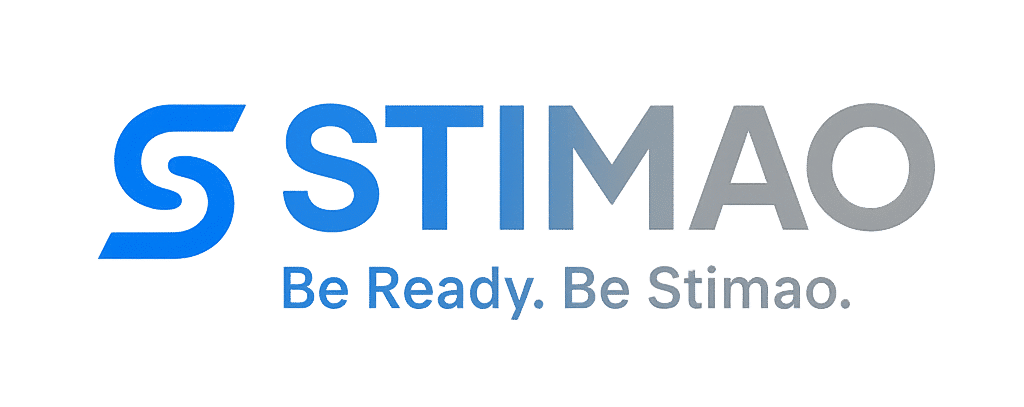 Tracking workout progress is like having a roadmap for your fitness journey. It’s the key to staying motivated and seeing those gains. Now, why does tracking matter? For one, it helps you recognize patterns and see what’s working for you. Plus, there’s nothing quite like looking back and seeing how far you’ve come — it’s a real booster.
Tracking workout progress is like having a roadmap for your fitness journey. It’s the key to staying motivated and seeing those gains. Now, why does tracking matter? For one, it helps you recognize patterns and see what’s working for you. Plus, there’s nothing quite like looking back and seeing how far you’ve come — it’s a real booster.
There are a ton of ways to track workouts these days. Yay for technology! Fitness apps can be your best friends here, offering everything from workout logs to progress charts. Prefer old school? A notebook works just fine for jotting down sets, reps, or how you felt during your session. And for the gadget fans, wearables track everything from steps to heart rate.
So, how exactly do you track this progress effectively? Start by setting clear, achievable goals and decide how often you’ll track your metrics. Consistency is your friend here. Whether you’re recording weights lifted, times ran, or calories burned, make it a habit. It’s also helpful to get specific. Instead of vague notes, jot down details like ‘5×5 squats at 100 lbs’ or ‘1 mile in 8 minutes’.
Keeping tabs on your progress isn’t just about numbers. It’s a major boost to your motivation too. Watching those stats improve over time can be super rewarding and gives you concrete data to adjust your plan as needed. Plus, it helps you stay accountable. When you’re the one writing it down, there’s no room for shortcuts.
And here’s a tip: Define your Key Performance Indicators, or KPIs. These are the milestones like improved strength, endurance, or flexibility that tell you more than just a number on the scale. Maybe it’s about adding an extra rep to your set, running that extra mile, or even feeling more energetic in your day-to-day. Defining these can make your progress feel real and achievable.
The 3-3-3 Rule in the Gym: A Strategic Approach to Fitness
The ‘3-3-3 rule’ is like having a secret sauce for balanced workouts. It’s all about splitting your routine into three parts, focusing on three key exercises, and doing three sets of each. It’s simple, it’s effective, and it covers your bases from strength-building to cardio to flexibility.
Here’s how it works. Picture your workout divided into three sections: strength, cardio, and flexibility. Choose one main exercise for each section. For strength, think squats or bench presses. Cardio could be a brisk run or cycling, and flexibility could be focused on stretching or a yoga sequence. This structure keeps your routine dynamic, helping you work your whole body evenly.
Applying the 3-3-3 rule means you’re not overloading on just one type of exercise, which is a common mistake. This method encourages a balanced approach, hitting those major muscle groups while keeping the heart healthy and those muscles strong and limber.
Of course, you can adjust this rule to fit your personal goals. Want to build more muscle? Focus a little more on strength exercises. Prefer running? Shift towards cardio. The beauty of the 3-3-3 rule is its adaptability. It provides a solid framework yet leaves room for personal tweaks based on what motivates you or what your body responds to best.
Think of the 3-3-3 rule as your reliable blueprint. It sets a clear path but allows for creativity. And remember, consistency and variety make the perfect combo to avoid burnout or plateaus. Keeping workouts interesting helps maintain enthusiasm and ensures progress over time.
Innovative Workout Methods: The 5-4-3-2-1 and 5-3-1 Rules
The ‘5-4-3-2-1 workout method’ is like a countdown to power and endurance, combining various exercises into one seamless routine. Each number represents a set, where you start with exercises that require great effort and move gradually to lighter activities. This method keeps things fresh and challenging, a surefire way to bust boredom and push your limits.
Here’s how it might look: Start with five sets of high-intensity moves (think burpees or jump squats), follow with four sets of strength exercises, then dial down with three sets of moderate work, two sets that focus on core, finally wrapping up with one set of low-impact stretches. It’s a full-spectrum workout in a countdown format, perfect for keeping motivation high.
Now, let’s tackle the ‘5-3-1 rule’. This method is a powerhouse for gaining strength, often used by weightlifters. It’s based on three weeks of programmed lifts followed by a deload week. Start with sets of 5 reps, then 3, and finish with a single rep of a max lift. It’s all about progressively increasing the weight while reducing the reps, allowing your body to adapt and grow stronger.
Comparing both methods, it’s clear they’ve got unique strengths. The 5-4-3-2-1 is fantastic for those who love variety and cardio, while the 5-3-1 is a dream for strength freaks aiming to boost their max lifts. Choosing the right one depends on what you’re aiming for and how you enjoy moving your body.
Integrating these methods into your routine isn’t set in stone. Feel free to mix and match based on your fitness level and goals. Doing this helps keep workouts exciting and aligned with your progress expectations. And always keep an eye on form to avoid injury and maximize gains. Balance is key in any workout regime.





